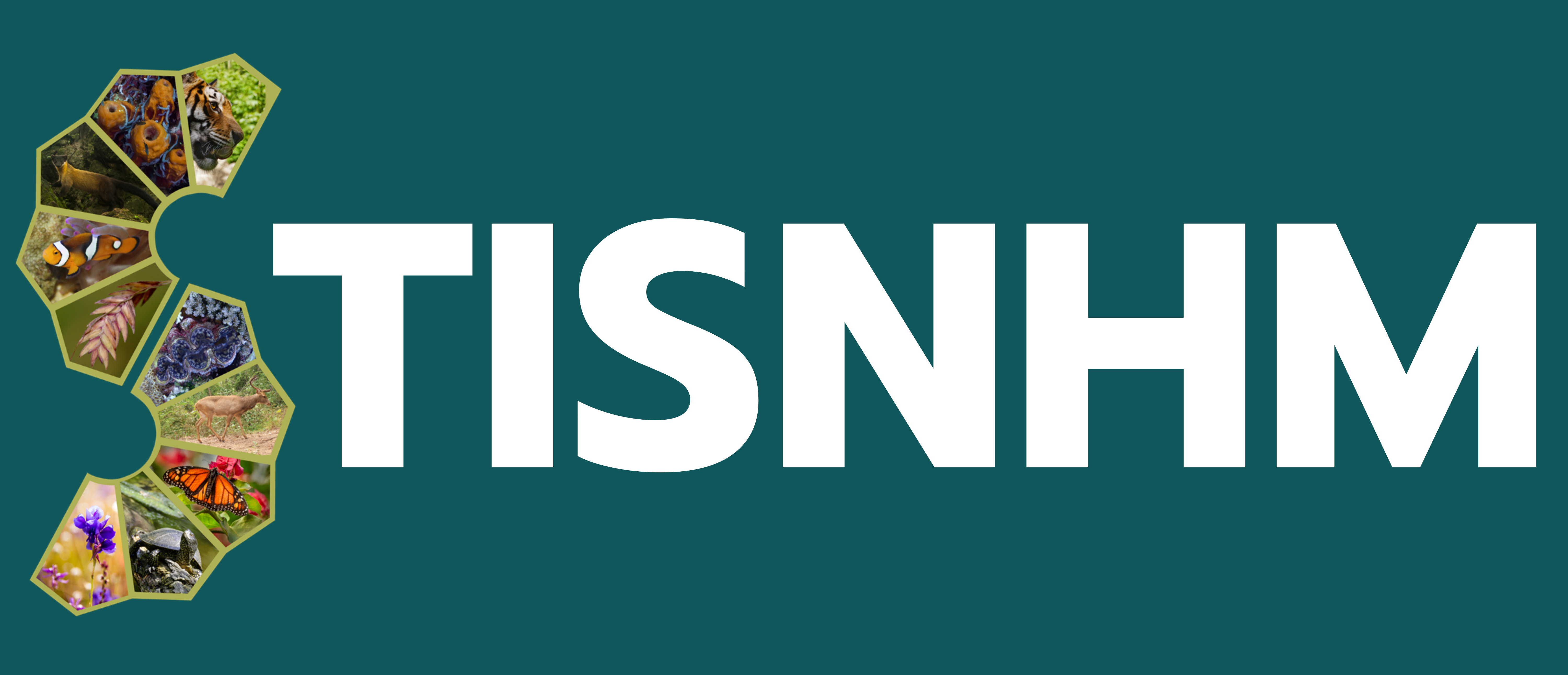- 324 views
Abstract
In the murals of Thailand’s centuries-old “Temple of the Emerald Buddha”, a depiction of two dinosaur-like creatures is present within a Ramakien scene: “Sukrip lifting Mount Kailash”. Thus, to provide insights into the depiction, this research was conducted to find out why prehistoric creatures were depicted, what could be their hypothetical species, and how the artist knew of them. This was done first by, identifying the components of the painting to find out what the creatures might represent. Then, comparison results with extant, extinct, and mythical creatures were combined with analysis by experts to find the hypothetical species. Lastly, in order to learn how the artist knew about them, prehistoric publications that entered Thailand during the period in which the mural was painted were compiled. Results revealed that the creatures represent mythical “Himmavanta” creatures, which isn’t unusual as these representations sometimes occur with real animals. Next, the two creatures’ species were hypothesized, with the one baring quadrupedal characteristics and rows of triangular plates and tail spikes hypothesized as a Stegosaur dinosaur and the other with bipedal characteristics, and short forelimbs hypothesized as a Theropod dinosaur, after combining experts’ analysis and comparison with creatures, including Otters, Kangaroos, Iguanodon dinosaurs, and Himmavanta creatures. Finally, after examining historical records and determining that the mural was repainted in 1911 and restored in 1987, it is likely that the artist knew about dinosaurs from publications that entered Thailand with the first evidence of dinosaur exhibits, TV shows, and media articles being in 1965, 1967 and 1976, respectively. The possibility that the depiction was influenced by dinosaur fossils near Mount Kailash is ruled out as the area yielded no dinosaur fossils. In summary, these results provide useful context and identification of dinosaur depictions in Thailand’s temple and the background of early Thai paleontological knowledge.
Attachment
Keywords
References
Akers, B.P., J.F. Ruiz, A. Piper and C.A.P. Ruck. 2011. A Prehistoric Mural in Spain Depicting Neurotropic Psilocybe Mushrooms? Economic Botany 65(2): 121–128. An, X., X. Xu, F. Han, C. Sullivan, Q. Wang, Y. Li,
D. Wang, B. Wang and J. Hu. 2023. A new juvenilesauropod specimen from the Middle Jurassic Dongdaqiao Formation of East Tibet. PeerJ - Life and Environment 11: 1–23. Appleby, P. 1990. The BBC book of dinosaurs. BBC Books. 64 pp.
Buffetaut, E. and R. Ingavat. 1986. Unusual theropod dinosaur teeth from the Upper Jurassic of Phu Wiang, northeastern Thailand. Revue de Paléobiologie 5(2): 217–220.
Buffetaut, E. and V. Suteethorn. 1992. A new species of the ornithischian dinosaur Psittacosaurus from the Early Cretaceous of Thailand. Paleontology 35(4): 801–812.
Carrano, M.T., R.B.J. Benson and S.D. Sampson. 2012. The phylogeny of Tetanurae (Dinosauria: Theropoda). Journal of Systematic Palaeontology 10(2): 211–300.
Chatakul, P. and S. Janpathompong. 2022. Identifying plant species and their usage for landscape on the historical mural paintings of Nan, Thailand. Journal of Environmental Design and Planning 21(3): 219.
Fine Arts Department. 2018. Picture book of the Himmapan creatures. Amarin Corporations Public Company Limited. 212 pp. [In Thai]
Jackson, K. 1972. Dinosaurs. National Geographic Society. 31 pp.
Jatuma, T. 2018. An Analytical study of Attitude Towards Belief in Himmapan Forrest and its Influence to Lanna Buddhist Arts. Master’s Thesis. Mahachulalongkornrajavidyalaya University, Thailand, 196–204. [In Thai]
Landon, A.J. 2011. Identifying the Trees in the West Wall Mural in Room 1 of the Pyramid of Las Pinturas at San Bartolo, Petén, Guatemala. Washington University, USA, 10 pp.
Laorsuwan, D. 2018. Anotatta – Kailash: The Symbolic Meaning of His Majesty King Bhumibol Adulyadej’s Royal Crematorium. Damrong Journal 17(1): 11–34. [In Thai]
Liu, S., and X. Yang. 2023. The Architectural Style of Ancient Buddhist Temples between China and Thailand: The Baima Temple in Luoyang, China, and the Temple of the Emerald Buddha in Krung Thep Maha Nakhon, Thailand. The International Conference on Interdisciplinary Humanities and Communication Studies: 459–464.
Natioanl Library of Thailand. 1999. The picture book of Traibhumi: Krungsri Ayutthaya-Thonburi issue. Fine Arts Department, Thailand. 269 pp. [In Thai]
Navigamune, A. 2008. Admiration of Antiques. Saengdao Publishing Company Limited. 320 pp.
Pareja, M.N., T. McKenney, J.A. Mayhew, J.M. Setchell, S.D. Nash and R. Heaton. 2019. A new identification of the monkeys depicted in a Bronze Age wall painting from Akrotiri, Thera. Primates 61: 159–168.
Paul, G.S. 2008. A revised taxonomy of the iguanodont dinosaur genera and species. Cretaceous Research 29(2): 192–216.
Roeder, E. 1999. The Origin and Significance of the Emerald Buddha. Explorations in Southeast Asian Studies 3: 1–24.
Rungrot, P. 2017. Ramakien of the Temple of the Emerald Buddha, rewritten during the reign of Rama VII. Matichon Publishing House, Bangkok, Thailand. 248 pp. [in Thai]
Samathi, A., P. Chantasit and P.M. Sander. 2019. A review of theropod dinosaurs from the Late Jurassic to mid-Cretaceous of Southeast Asia. Annales de Paléontologie 105(3): 201–215.
Silpachaisri, N. 2017. Golden Plate of Himmapan’s Animals in Wat Mahathat and Wat Ratchaburana, Phra Nakhon Si Ayutthaya. NAJUA: History of Architecture and Thai Architecture 14: 44–59.
Stimpson, C.M. and B.J. Kemp. 2023. Pigeons and papyrus at Amarna: the birds of the Green Room revisited. Antiquity 97(391): 104–119.
Thavorntaveewong, J. 2022. Hidden Stories and Myth in Vernacular Way of Living from Mural Paintings on the Wall of the Galleries in the Emerald Buddha Temple, Bangkok. Master’s thesis. Silapakorn University, Thailand, 287 pp.
Trachoo, T., S. Laoakka, S. Wannajun 2014. Murals in Buddhist Buildings: Content and Role in the Daily Lives of Isan People. Asian Culture and History 6(2): 184–190.
Yu, Y., H. Yi, S. Wang, R. Pei, C. Zhang, X. Xu. 2023. A Jurassic Tibetan theropod tooth reveals dental convergency and its implication for identifying fragmentary fossils. The Innovation Geoscience 1(3): 1–10
